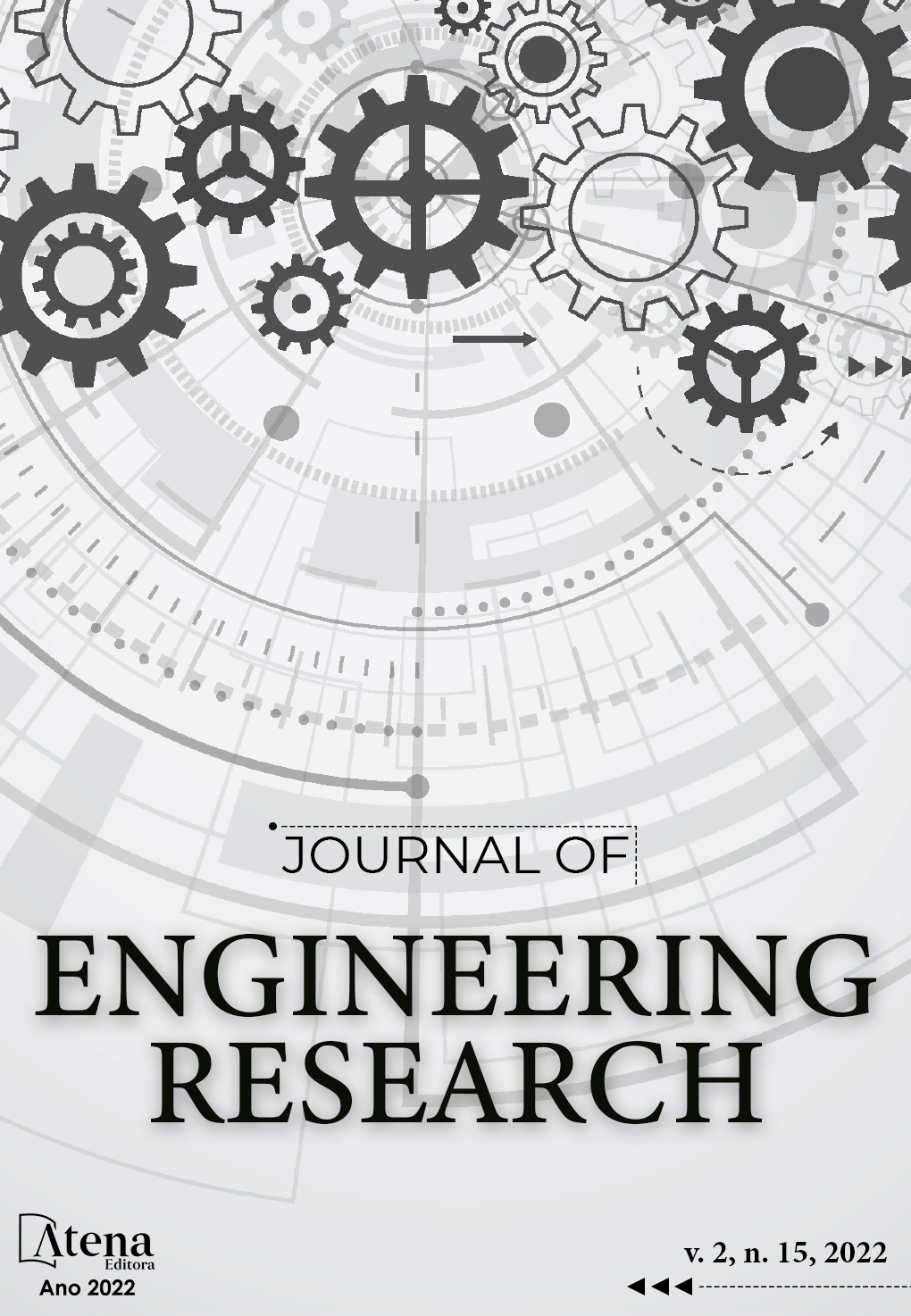
Burr height assessment: a case study during the drilling process of thin aluminum sheets
The study of the burr height generated in the drilling of thin aluminum sheets emerged during the creation of the ROBOCETI project chassis, where it was necessary to drill 2 mm thick aluminum sheets and the formation of large burrs was noticed. Preliminary tests were carried out in order to identify the parameters that influenced the burr height, and from them it was decided to evaluate the effects of cutting speed, feed and pre-hole, and to determine the necessary tests, factorial planning was used. with three variables at two levels. To carry out the tests, a CNC milling machine, high speed steel drills, and the CAD-CAM – NX4® software performed the simulation of the holes that were performed in random order, in all holes, alcohol was used as cutting fluid. hydrated ethyl. The burr measurement was performed indirectly, where the resin was used to form the burr replica. To obtain the images of the samples of the burr replicas, a photographic camera and a scale were used. With the scale in the photo, it was possible to measure the samples using AutoCAD® software, where the scale served as a parameter for the measurement. The analysis of the results was performed using the DOE4u software complement, where the effects were analyzed both individually and in combination, and showed that the most influential parameter was the pre-hole, when the burr was reduced in size. Another parameter that proved to be important was the advance, in which its increment increases the size of the burr. The cutting speeds used did not show significant effects.
Burr height assessment: a case study during the drilling process of thin aluminum sheets
-
DOI: 10.22533/at.ed.3172152220078
-
Palavras-chave: aluminum, drilling, experiment design, burr.
-
Keywords: aluminum, drilling, experiment design, burr.
-
Abstract:
The study of the burr height generated in the drilling of thin aluminum sheets emerged during the creation of the ROBOCETI project chassis, where it was necessary to drill 2 mm thick aluminum sheets and the formation of large burrs was noticed. Preliminary tests were carried out in order to identify the parameters that influenced the burr height, and from them it was decided to evaluate the effects of cutting speed, feed and pre-hole, and to determine the necessary tests, factorial planning was used. with three variables at two levels. To carry out the tests, a CNC milling machine, high speed steel drills, and the CAD-CAM – NX4® software performed the simulation of the holes that were performed in random order, in all holes, alcohol was used as cutting fluid. hydrated ethyl. The burr measurement was performed indirectly, where the resin was used to form the burr replica. To obtain the images of the samples of the burr replicas, a photographic camera and a scale were used. With the scale in the photo, it was possible to measure the samples using AutoCAD® software, where the scale served as a parameter for the measurement. The analysis of the results was performed using the DOE4u software complement, where the effects were analyzed both individually and in combination, and showed that the most influential parameter was the pre-hole, when the burr was reduced in size. Another parameter that proved to be important was the advance, in which its increment increases the size of the burr. The cutting speeds used did not show significant effects.
-
Número de páginas: 6
- Ildeu Lúcio Siqueira
- Paulo Vinicius da Silva Resende
- Suê Dayane Castilho Alves
- Thais Fernanda Soares Borges
- Sebastião Gonçalves Lima Junior


